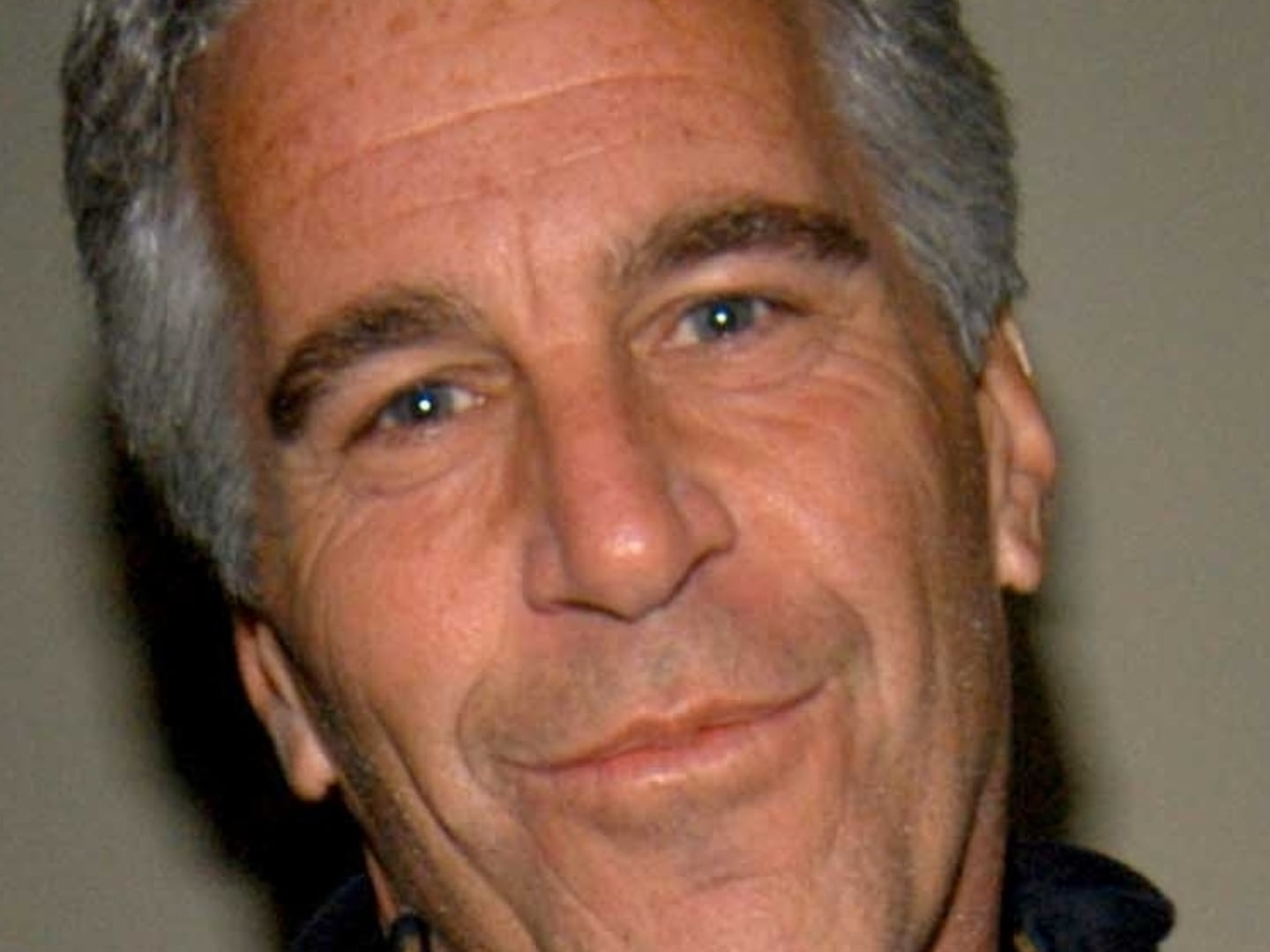The Second Auxiliary Surgical Group arrived in Northern Africa shortly behind the invading force of Operation Torch during World War II. They were a group of surgical teams without nurses and without a headquarters, and therefore without consistent direction or organization. Paul A. Kennedy, M.D., a surgeon in a mobile general surgical team, was by turns amazed, baffled, and bemused by war. Like most of the men with whom he crossed the Atlantic, Kennedy’s knowledge of the world was limited.
Kennedy eventually spent almost three years in North Africa, Italy, France, and Germany during World War II, performing hundreds of surgical procedures on soldiers so desperately wounded that they could not survive evacuation to hospitals further in the rear. From the beginning of 1944 until the end of the war, he kept a medical journal in which he meticulously recorded and illustrated 355 of these cases. He also kept a personal diary and took more than 1,500 photographs, most of which had been developed and carefully labeled, but never printed
Like so many veterans, Paul A. Kennedy never spoke of his experiences in World War II. After his father’s death, Christopher Kennedy discovered his father’s personal and surgical diaries and photographs from his service during the war. Together, they comprise Battlefield Surgeon: Life and Death on the Front Lines of World War II—a living history of the experience of a member of the United States Army Medical Corps in World War II.
Kennedy’s personal entries, clinical cases, illustrations, and photos capture the homesickness, boredom, loneliness, fatigue, and sometimes, fear, of the North African and European theatres of the war. His life was characterized by the constant movement that working in field hospitals demanded—to provide rapid surgical care, the unit had to keep pace with the front. The “hospital” included a headquarters and three platoons that could work independently. Each one hundred-bed platoon had its own designated staff and transportation for men who were severely wounded. The newly created concept proved to be adaptive, efficient, and in some cases the deciding factor between death and survival. Surgeons like Kennedy and his fellow colleagues spent sleepless nights on concrete floors and sandy beaches, going directly to the wounded soldiers. He lay just behind the front lines and waited patiently for soldiers whose life depended on immediate care.

The entries below detail Kennedy’s arrival in Rome shortly after it fell into Allied control. At the same time, unbeknownst to those in Rome, more than 150,000 troops were preparing to cross the English Channel as part of Operation Overlord, better known today the as D-Day invasion. Although he participated in some of the fiercest action of the war—Operation Avalanche, the attack on Anzio, and Operation Dragoon, and entered the Dachau concentration camp two days after it was liberated—Kennedy’s diaries depict a life without high drama, a catalogue of the routine in the midst of a great conflagration.
Tuesday, May 30, 1944
Got in bed today after noon meal—just going back to work now at 11:30 p.m.—I didn’t sleep worth a damn—can’t in the daytime. I’ll be an old man if this thing keeps up much longer. And according to all rumors they’re getting ready to start another push very soon for Rome. Right now I need a rest and not more work. There are all sorts of speculations as to what will happen to the 2nd Aux when Rome falls—southern France, England, Yugoslavia, and India have all been mentioned—my guess is England.
Wednesday, May 31, 1944
We’ve changed hours again—for the tenth time—8 p.m. to 8 a.m. now. Finished up at 3:00 this afternoon and we’re going back at it now—it’s 8 p.m. I don’t think the Russian salt mines were ever any worse than this. There’s another push on and we’re getting another load—200 cases behind now. There are four field hospital platoons out now—two of the 33rd and two of the 10th, so we’ll be cut down on the major cases.
Thursday, June 1, 1944
Progress has been quite good but the casualties have been high. We’re not seeing the worst cases now ’cause the field hospitals have jumped ahead. Expect we’ll be going to one of them soon. Doing simple debridements here these past couple days and they are monotonous and boring.
Friday, June 2, 1944
Had a fairly good sleep but it’s never as restful as what you get at night. We’ll be off this night tour in another week. At the rate things are moving now I think they’ll be in Rome in a week. They’re at the Alban hills and at some points nothing stands between them and Rome—except a few Jerries.
Not much work tonight—mostly minor stuff. Another field hospital platoon went out this evening. Hope we get assigned soon. Had a few snaps of Ruthie today—she’s a wonderful baby.
Saturday, June 3, 1944
The shock ward was empty for the first time this morning—seems queer not being loaded with casualties. Luther had word this morning that his team was gonna leave to join the 11th F.H. without us—but tonight at 7:30 we got orders to leave too. Packed in half an hour, said our goodbyes, and set out for a place near Cori. Staying here tonight with the 95th Evac. Harry Borsuk here—platoon leader—hospital to be beyond Valmontone about 15 miles from Rome on Highway 6. Came through Cisterna—worst destruction I’ve seen yet. There’s nothing standing. We’re back in a field hospital and on our way to Rome. I’m happier when we’re moving—moving toward home!
Sunday, June 4, 1944
Up at 6:30 (good night’s rest)—had pancakes, then set out in a weapons carrier for our new site. The number of wrecked Jerry vehicles, guns, etc. is a mute tribute to the work of our aircraft. The roads were just covered with wrecks—large tanks with 88s pointing dumbly into the ground—a few 170s (Anzio Express) that looked awfully powerful but now appeared to be dead. Valmontone, Cori, and Labico are all shot up and have nothing left.
Dead horses stinking—even the smell of rotting human flesh filtering through occasionally. We’re set up near Palestrina on Highway 6 with the 3rd Division Clearing Station. Work is pouring in already—rearguard action, the boys say. “Jerry is on the run” and some of our troops are on the outskirts of Rome.
Monday, June 5, 1944
Business it seems to follow us wherever we go. Cases galore—more than we could handle. We’re the most forward field hospital now. Brought in three new teams to help out and they were very welcome. Brinker, Lowry, and Cantlon [Edwin L. Cantlon, general surgeon]. Rome is in our hands—was yesterday—and the troops are beyond. Evidently Jerry intends to keep running for a while. Tanks have been going by here all day in one steady stream—last night they rumbled by in countless numbers. I’m sure somebody is gonna be impressed by them very soon. The war is moving fast—good—I want it that way—I want to get home.
Tuesday, June 6, 1944
Rome
Up early, got our work done (off call for once), and a group of us headed for Rome. I was anxious. The mark of the war looks fresh upon the country that leads to Rome—burned-out tanks, guns, etc. Dead horses—and people streaming back to their homes. Rome seems to be a beautiful city. Little destruction, nice-looking people—much cleaner than the more southern Italians—more like a city in the States. Saw St. Peter’s and knelt by the Tomb of St. Peter.
It’s a magnificent church, strong and tall, and it suggests Catholicism—enduring. Crossed the Tiber, saw the Coliseum and Roman Forum. This was the Rome we were waiting for.
(Incidentally, the second front opened today, but we saw Rome.)
[The “incidental” second front was nothing less than Operation Overlord, the cross-channel invasion of France at Normandy, involving almost sixty-five hundred naval craft and five Allied divisions. Eventually, more than one hundred divisions were to pass through Normandy on their way to the very heart of Germany and to the ultimate destruction of the Third Reich.]
Excerpted from Battlefield Surgeon: Life and Death on the Front Lines of World War II by Paul A. Kennedy, edited by Christopher B. Kennedy (University Press of Kentucky, 2016.






